
Grain Without a Buyer: Navigating Sorghums Export Fallout in 2025
As the 2025 harvest season unfolds across North Central Kansas, farmers are facing a perfect storm of economic and environmental pressures. From soaring input and volatile markets, it has been nothing short of challenging. To compound problem President Trump has engaged in a trade war with China, the largest export partner of the United States. The standoff between the countries has impacted the agriculture sector, with major reduction in sorghum and soybean exports. The impact of rural communities and farmers is real.

Bushels and Beyond: The Year Corn Broke the Charts
Corn production for grain is forecast at 16.7 billion bushels, up 13 percent from 2024, which if realized would be the highest production for grain on record for the United States. Based on conditions as of August 1, the yield is forecast at a record high of 188.8 bushels per acre, up 9.5 bushels from last years 179.3 bushels. Total planted area, at 97.3 million acres, is up 2 percent from the previous estimate and up 7 percent from the previous year. Area harvested for grain is forecast at 88.7 million acres, up 2 percent from the previous forecast and up 7 percent from the previous year.Is this the year that corn broke the charts?

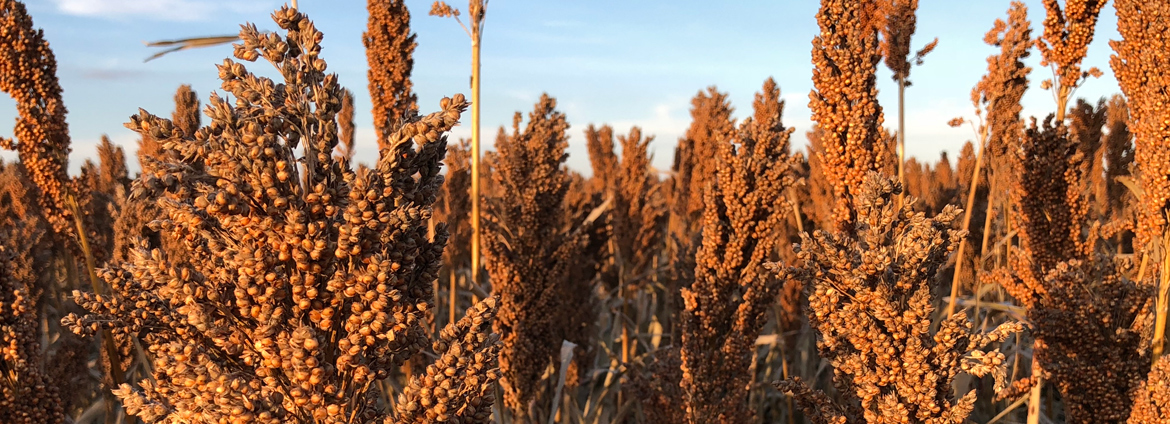
Rain makes Grain...
No more than 7 days ago, the NWS was predicting an extended period of high temperatures and low precipitation. The 15- and 30- day forecast looked miserable with several days forecasted above 100 degrees. However, this summer's weather patterns appear to be erratic and difficult to predict. Within the last 5 days, we have received approximately 4 inches of rain in southeast Rooks County. That is an amazing turnabout.

Here we go Again...
In 2025, the agriculture sector is facing unprecedented challenges. Since 2022 farm related income from grain sales has plummeted, while input costs (chemical, seed, and application costs) have increased exponentially. The result is revenues well below breakeven points which are negatively affecting large segments of rural America.
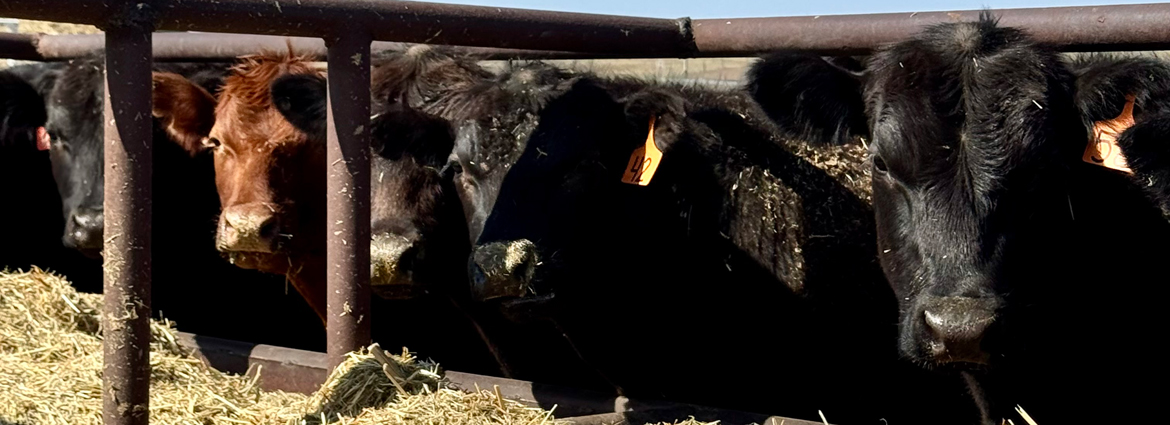
USDA forecasting decrease revenue for 2025
USDA Economic Research Service is projecting a decrease of $1.8 billion in farm sector income in 2025. That would make the third consecutive year of decreased revenue, since hitting a record high in 2022. Total crop receipts are projected down $5.6 billion (-2.3%) from 2024. While animal income is expected to improve slightly by $3.8 billon (+1.4%). The only saving grace, is direct government payments are forecasted to increase in 2025.

Farm Crisis 2025?
Like the 1980s the term farm crisis has re-emerged in 2025. The primary concern is the drop in commodity prices, with wheat, sorghum, and corn plunging nearly 37% from 2022 thru 2024. Furthermore, our nation is struggling with inflation and seed, chemicals, and fertilizer are not exempt. As such, there is growing concern in the agriculture sector about financial stability in 2025.
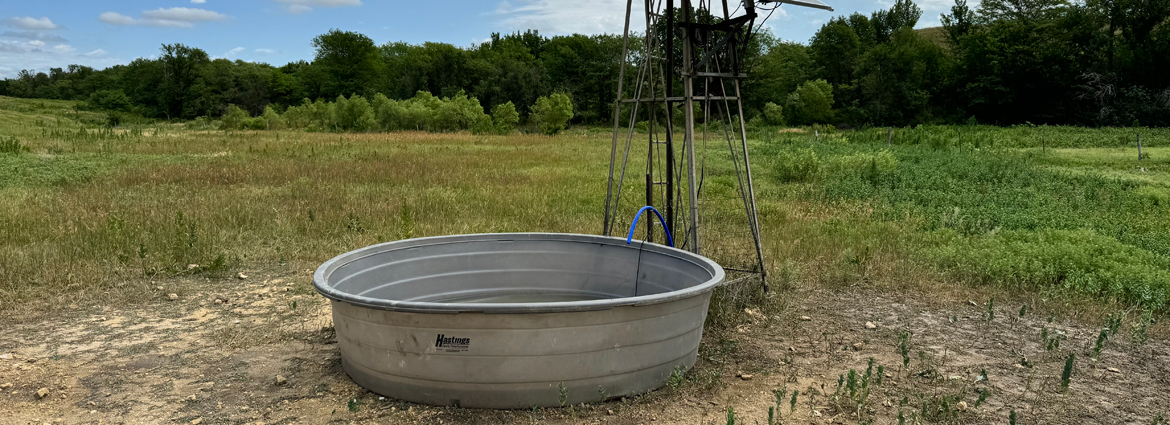
Dog Days of Summer
The forecast for next week looks very similar, with the National Weather Service forecasting an Excessive Heat Warning with temperatures nearing 105-108. This sudden spike in heat has created a perilous situation for cattle and crops. This not only affects the local economy but also has broader implications for those that make a living on the family farm.
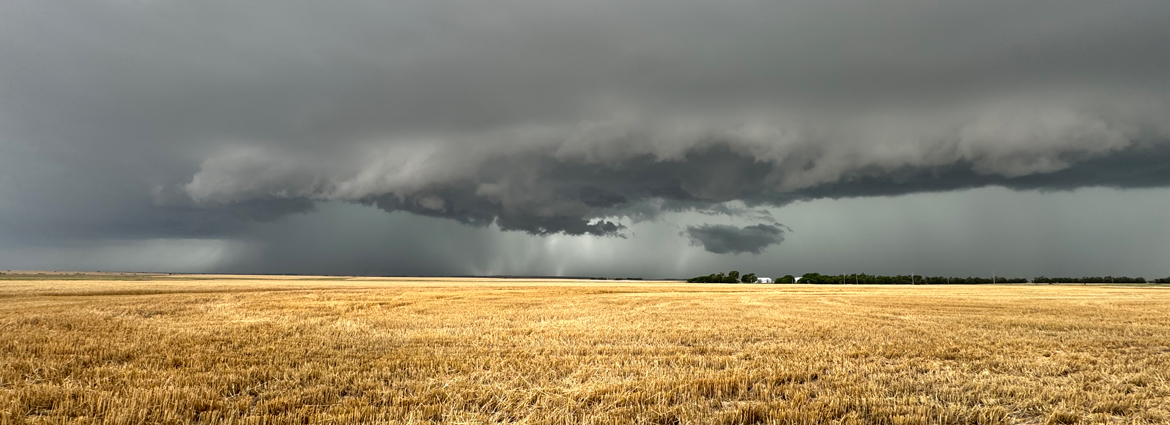
2024 Wheat Harvest
The 2024 wheat harvest began on July 18 and ended on July 18, or at least temporarily. After cutting ten acres, a storm system moved in from the southwest and covered the area with a good round of rainfall. While good for spring crops and pasture, it is not ideal for ripe wheat.
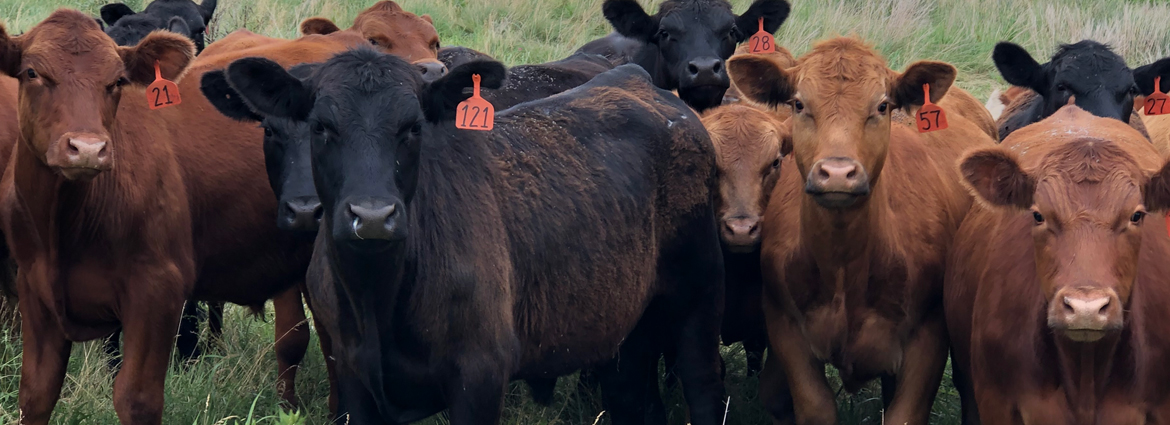
2024 Cattle Markets
Ranchers are experiencing a shortage of grass and feed, and multiple operations are culling their herds. The USDA reported on Jan 31, 2024, stated that there are 28.2 million beef cows in the United States as of Jan 1. As of right now, the shortage of animals is not impacting the markets or beef supplies. However, if cattle placement trends continue, there will be less animals available for slaughter in early summer. Will that shift the markets?
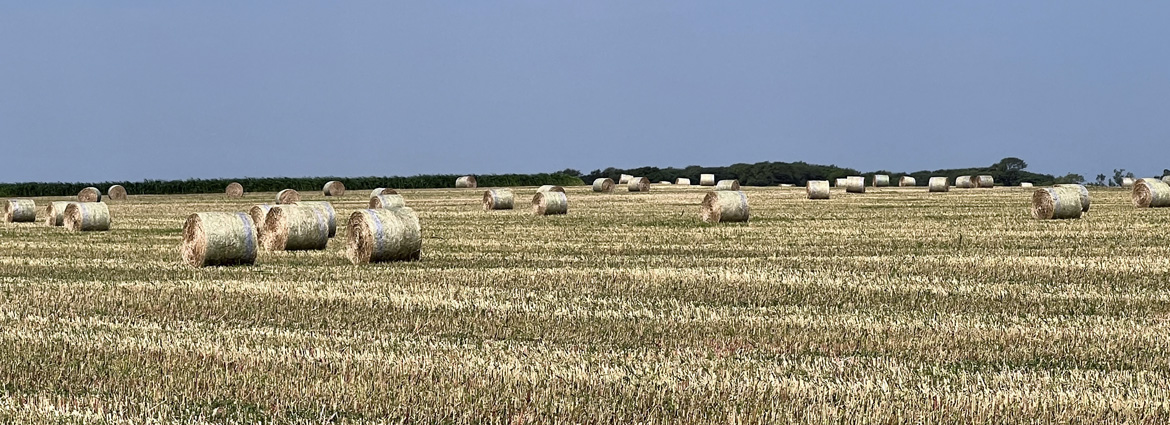
2024 Farm Income Forecasted to Decline
As we begin 2024, one apparent factor in the ag sector is high input prices. Those prices are pushing crop breakeven points well above traditional county average yields. This trendline does not bode well for farmers, with serious concerns of large decreases in overall farm income...
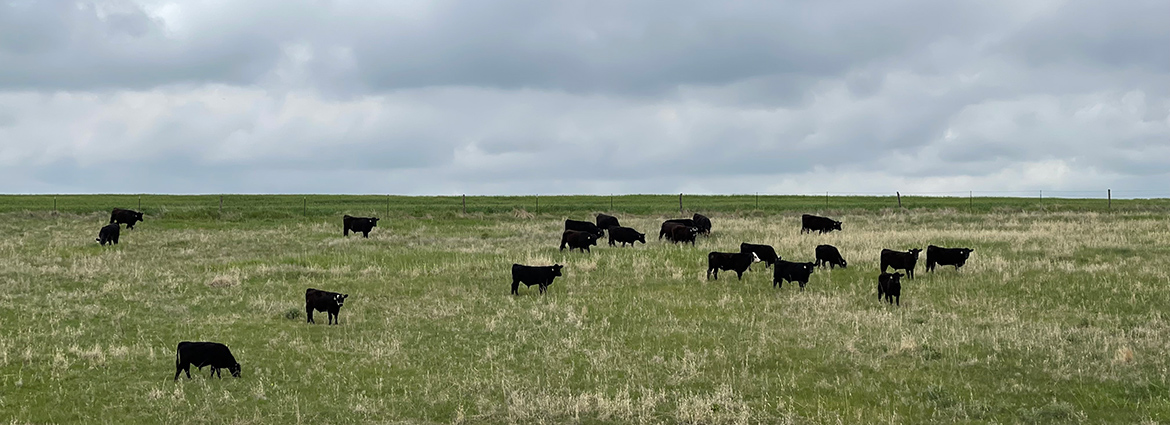
Summertime Heat Stress
North central Kansas has been subjected to a high-pressure system that has brought with it temperatures that have exceeded 100 degrees five days in a row. As a result, you can visually see the soybeans and corn regressing quickly. Grain sorghum, which is a relatively drought-tolerant crop, shows leaf rolling and changes in color. The dog days of summer are upon us, and impacting spring crop yields!
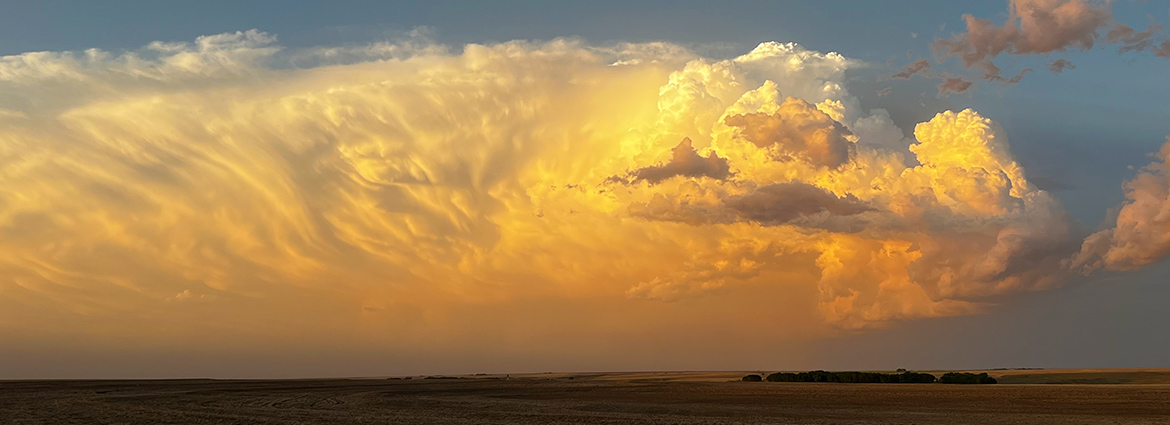
Memorial Day Suprise! Rain and Markets Improve Mindset
In northwest Kansas, many farmers have received timely rains that have allowed them to get their spring crops in and through the germination phase. In addition, we have seen a positive move in the markets over the last several weeks.
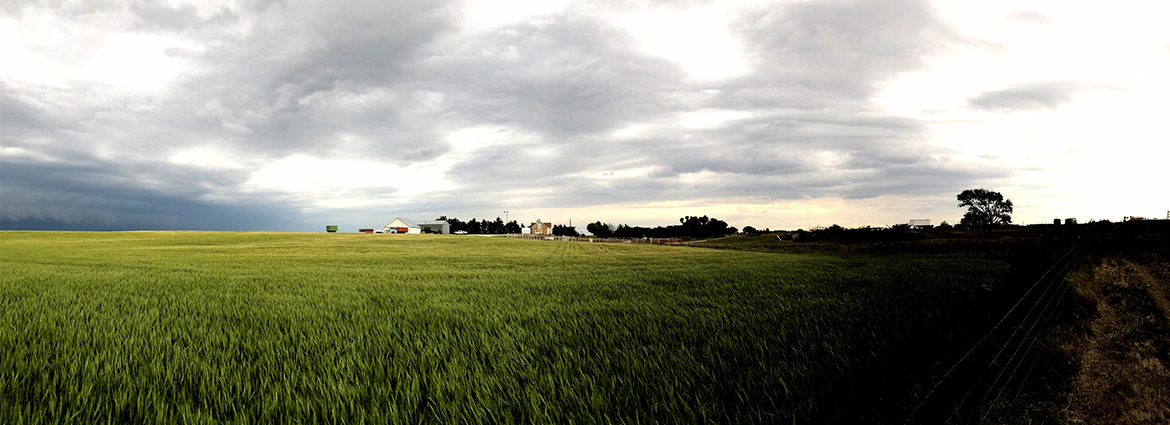
2023 Spring Crops and Planting Season
With limited rainfall through the first five months of the year, scattered thunderstorms rolled in over Memorial Day weekend and persisted for over a week. This obviously improved soil planting conditions and decreased field dust which dramatically improves the placement and efficacy of herbicide.
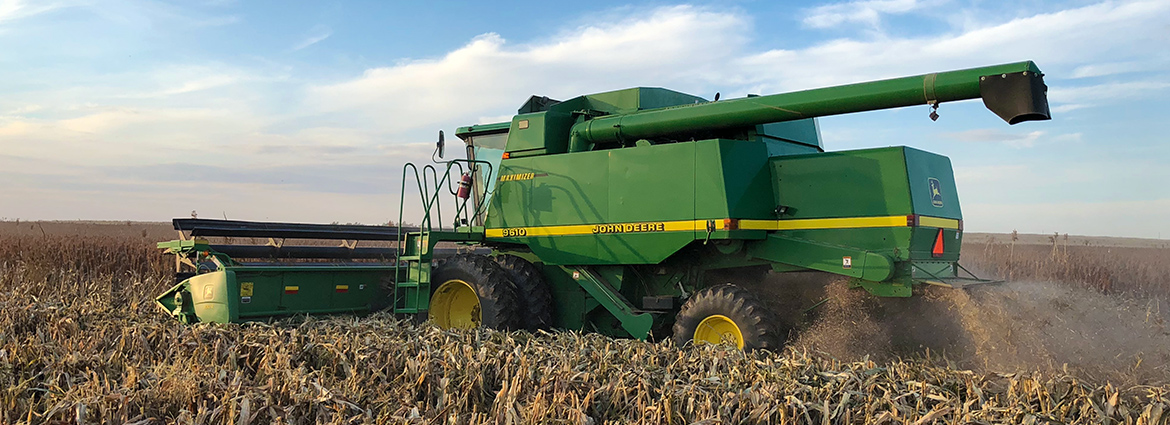
2023 Fall Crop Outlook in western Kansas
Kansas continues to struggle with drought. However, a majority of the corn belt is no longer impacted. This leads to the question of how many total acres of corn and soybeans will be put into production and what potential yields will be applied to those crops in normalized conditions. How will that impact prices in western Kansas.
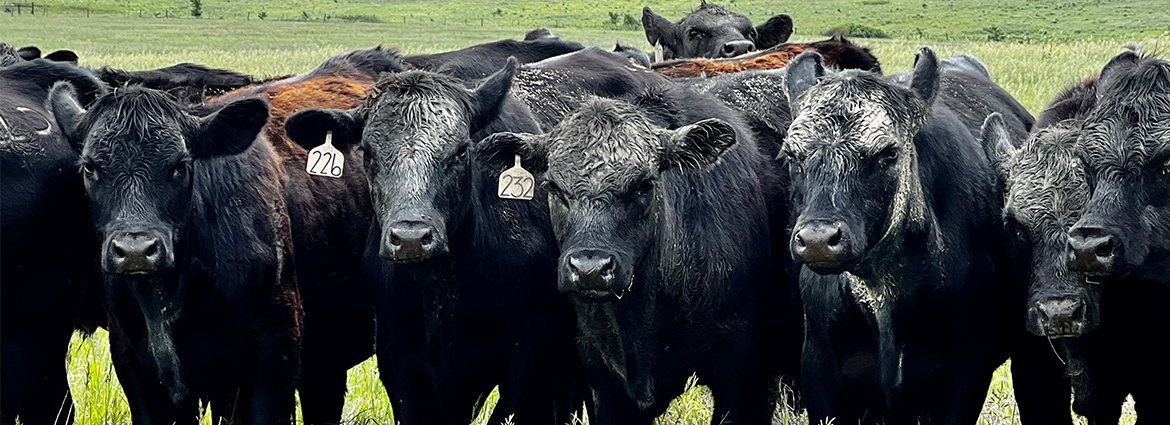
Beef Cow Inventory on the Decline
The USDA National Agricultural Statistic Services reported on Jan 1, 2023 that beef cow inventory levels are at 29.98 million head. This marks the third year in a row with decreased stock numbers on grass. Some recent news reports indicated that this is the smallest herd size since 1961. Available moisture in the spring of 2023 is now a paramount factor in cattle markets.
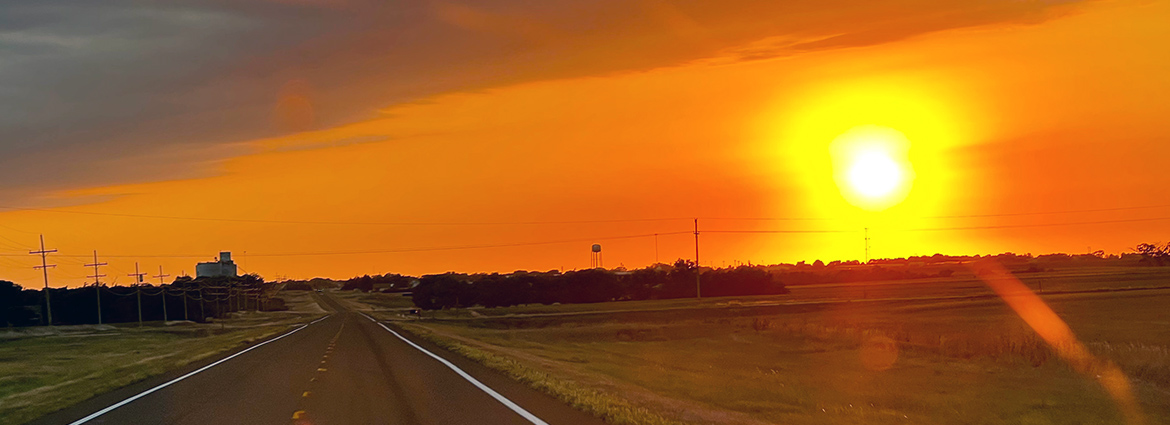
Direct Crop Inputs trending up on 2023
Inflation is impacting Kansas farmers. Fertilizer, chemicals, herbicide continue to increase in 2023 anywhere from 15-18%. Elevated costs result in tighter margins and the need for higher yields in a drought stricken year.
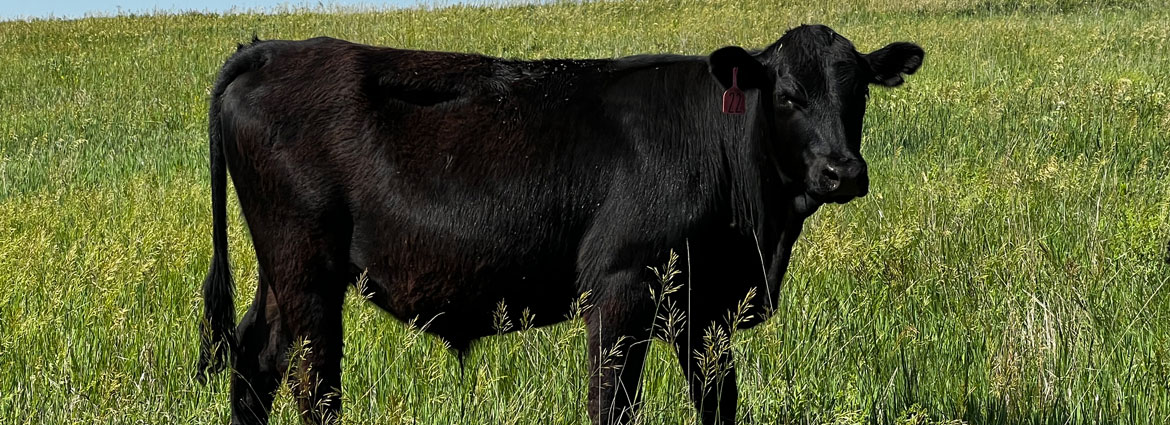
Intense Drought Impacting Kansas Grass Acres
Our pasture and prairie hay acres are suffering due to an extended drought. Hay production is down 66% and grazing acre in western Kansas is a serious concern......
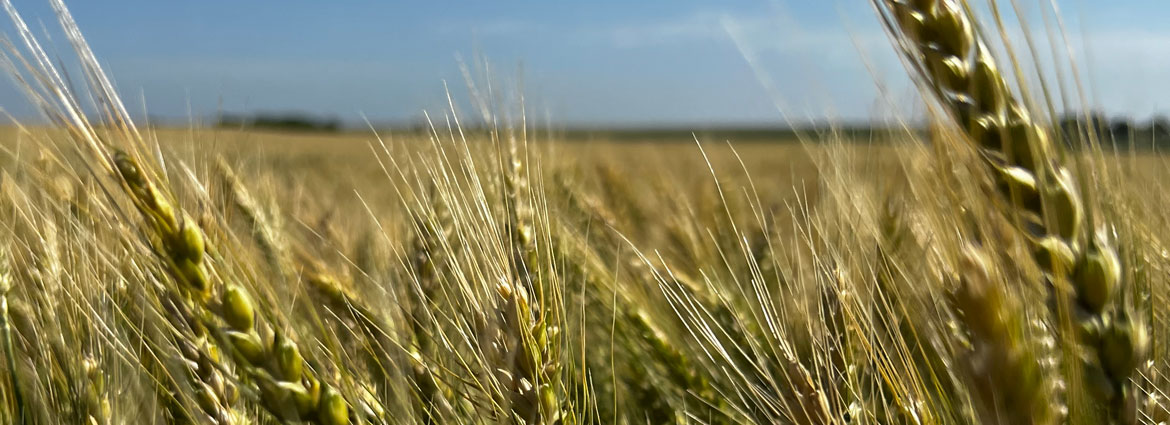
2022 Wheat Harvest impacted by volatility
For a crop that started out without much moisture, the last 4 weeks saved the day......
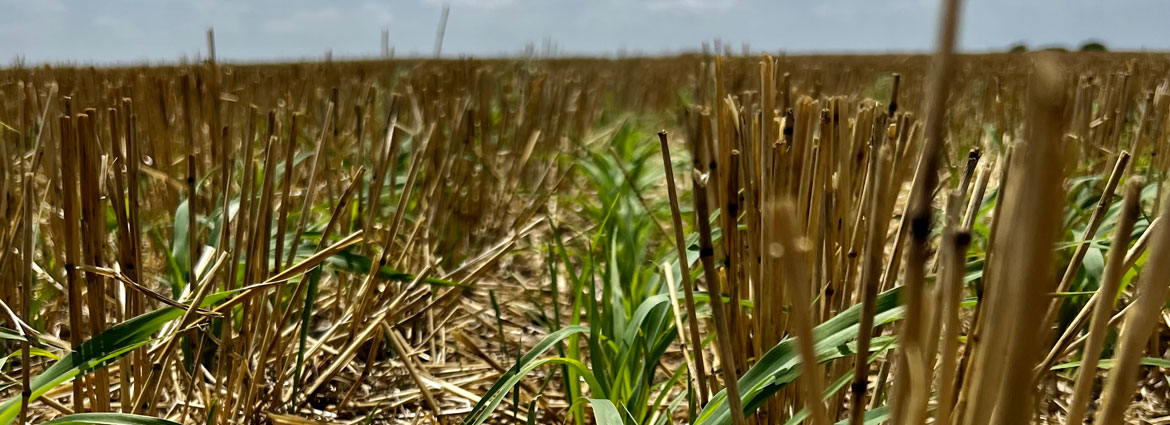
Forage Millet post Wheat Harvest
Forage Millet is resilent in harsh environments. We are looking to see if this could be a potential high protein crop behind wheat either as a cover crop, hay, or grazing......